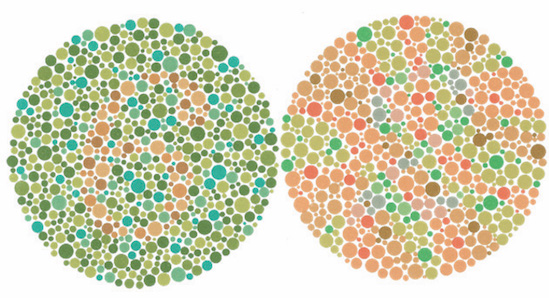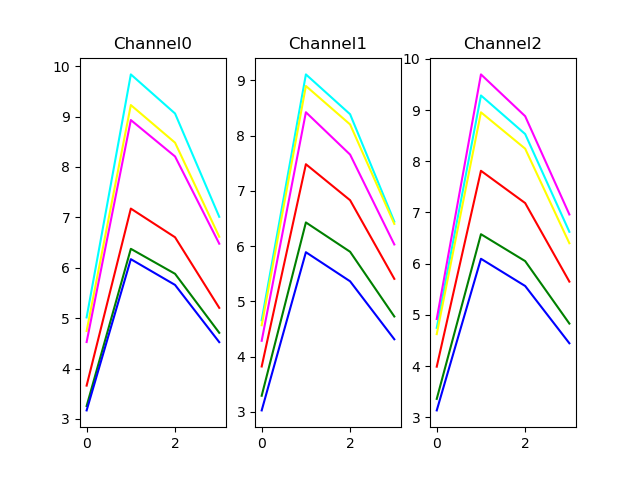Visual Perception of the Colour Spectrum (2019) ¶

Supervisors - Mayur Jartarkar, Veeky Baths
I worked in the BITS Goa Cognitive Neuroscience Lab to study the human perception of the colour spectrum by classifying EEG data.
I initially worked on creating an android app to display colours through a VR headset to completely flush the subject’s field of vision. This would eliminate any distracting visuals from confounding the data. The display alternated between three colours at a time, either red-green-blue or cyan-magenta-yellow. The colour labels were transmitted and stored on the system running the EEG collection experiment. The app was created using the Google VR SDK for Android.
After building the app, we carried out experiments to collect EEG data from subjects using a 32-channel EEG headset. We used the visual area EEG data from channels corresponding to the occipital lobe to analyse the reaction elicited by different colours. We converted the time-series EEG data to the frequency-domain using Fast Fourier Transforms and analysed the mean frequency-domain behaviour for different colours. I leveraged different classification techniques, including support vector classifiers, neural networks, and gradient-boosted classification trees to classify the frequency-domain data by colour. The models learned to classify the data with an accuracy of about 85%, indicating that a pattern exists in the human perception of colours in the brain which can be learnt even by simple models.
The mean frequency-domain behaviour of the delta band frequencies for EEG data of different colours can be seen below.

You can find the code for the android app here and for the classification experiments here